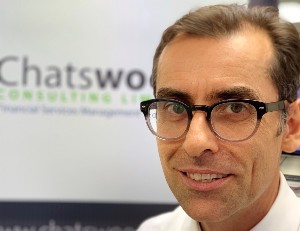Ways to sell more insurance
Russell Hutchinson offers some ideas about how to sell more insurance.
Friday, June 19th 2020, 7:51AM
by Russell Hutchinson

Russell Hutchinson
I hear a lot about the underinsurance problem, but there is a heck of a lot of people – about a million of them in the workforce – that have no insurance cover whatsoever.
How are advisers and insurers trying to bridge the gap between an individual's previous experience of insurance and the things that "everyone knows"?
The gap between the view about all insurers, and those insurers that a person has experienced a claim from, is very large. The challenge is that most of the people we want to tempt into the market are in the former category – because they have never had cover.
Hard though it may be, for those that find an answer to the challenge there is a reasonably large prize because there are so many of them.
Many people get their first experience with insurance in the form of motor vehicle cover. It isn’t always a great experience, but a younger person was usually told that they had to have it by an older person, and then they found it useful. It started a process of belief.
When nib first came to the New Zealand market, they launched a very low cost plan which offered what is often referred to as a "dollar swapping" benefit. In effect, high frequency claim items were permitted on a high co-payment basis.
Although sometimes people describe this as "not insurance" it at least has the benefit of giving ordinary clients the experience of having a claim accepted and paid.
Demanding as that is on claims payment systems and in terms of value, it did at least give the client a basis for changing the persistent belief that insurers do not pay.
Another strategy successfully employed in the UK was the publication of industry claims statistics.
With a common framework to ensure consistency of reporting, members of the Association of British Insurers marketed the claims acceptance rates for their trauma insurance products.
Tracking the success over time they found that they were able to move consumer perception of the product to become substantially more positive. I remember travelling through London seeing loads of posters each quoting some variation on the theme of "97% of claims are paid".
It was a triumph of tackling the problem of trust.
One adviser I know in Christchurch offers free sessions just to talk about money – not even to make specific recommendations – but just to talk about it.
How is that different from "first consultation free?"
Quite a lot: because the client knows that it is free to have someone measure up for new carpets, but there is a strong social expectation that you will buy – and if you don’t believe in the product, then there is no point.
But if you just get to have a chat, asking questions about different situations, sharing stories (not telling, or selling), then you can bridge the trust gap.
| « Three big things that are forcing consumers to re-think | How housing affects the market for insurance » |
Special Offers
Comments from our readers
No comments yet
Sign In to add your comment
| Printable version | Email to a friend |


